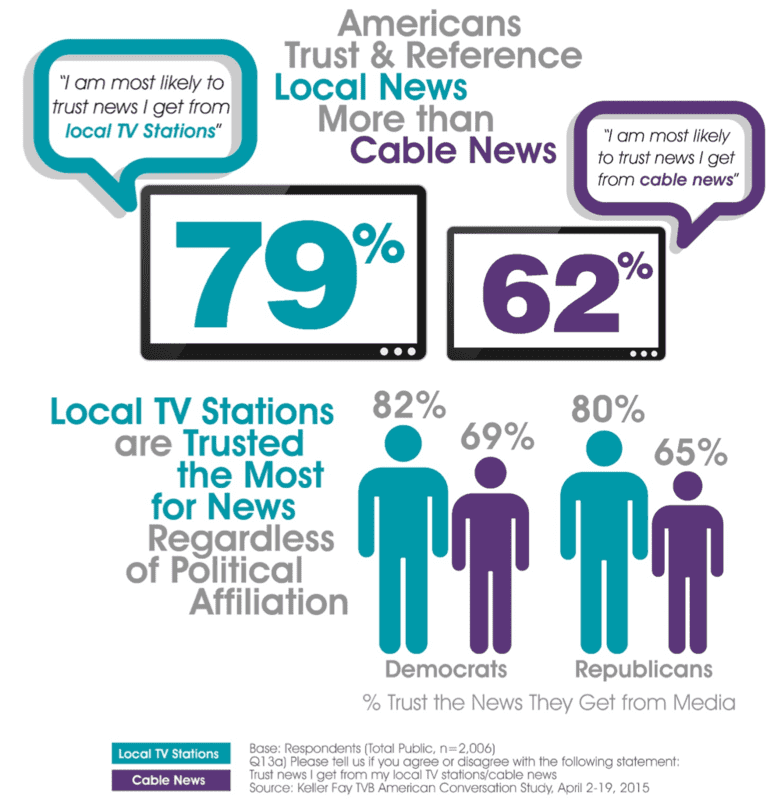See It, Say It: TV Still Drives Political Conversations

As campaigns evaluate all of the various advertising mediums now available, they should ask themselves the following questions: what tool will enable them to reach the most voters, receive maximum exposure and name recognition impact, and be viewed as a trusted source of information?
In a crowded election cycle where candidates are vying for recognition, insight into what drives the news and how people talk about it with others is critical to selecting the right platform to share campaign messages.
While 83 percent of all political conversations happen face-to-face, television plays a key role in influencing what people are saying.
A new study by The Keller Fay Group, an award-winning word of mouth market research firm, shows that almost half of political conversations reference what viewers saw on television, compared to 23 percent that reference digital content, 14 percent that reference print, and nine percent that reference radio.

While numerous shiny media tools add some flair to a campaign’s ability to disseminate messages, the Keller Fay American Conversation study highlights the opportunity for candidates to think about paid media as a “conversation starter,” and no media is better at it than television.
But not all TV is the same. When TV references are even more closely examined, information from local broadcast news programs tends to be most frequently referenced. The study, drawn from a sample of 2,006 Americans ages 18 and over, revealed that 71 percent of Democrats and Republicans were most likely to reference or repeat news they got from local TV stations, almost a quarter higher than cable.
Local broadcast TV is not only the best conversation starter tool to help campaigns with name and issue recognition, it also beats out other mediums in being seen as the most trusted source of information. 79 percent say that they are most likely to trust news they get from their local TV stations, compared to cable with 62 percent. Regardless of their political affiliation, Americans trust their local television stations the most for news.
TV’s ability to reach a broad spectrum of voters and drive conversations inside and outside the household is indispensable. That recognition is a valuable advantage for candidates hoping to remain relevant during a long election cycle. Campaign ads are not effective if the right people don’t see or hear them, and none can compete with local broadcast TV in terms of voter reach and reference.
Local broadcast TV is sure to remain a dominant force in political advertising for years to come. The 2016 election cycle will see more money spent on political ads than ever before. But to win, campaigns need to be seen and they need to be remembered. Local broadcast TV provides that opportunity because it is effective, consistent and reliable in getting voters.
